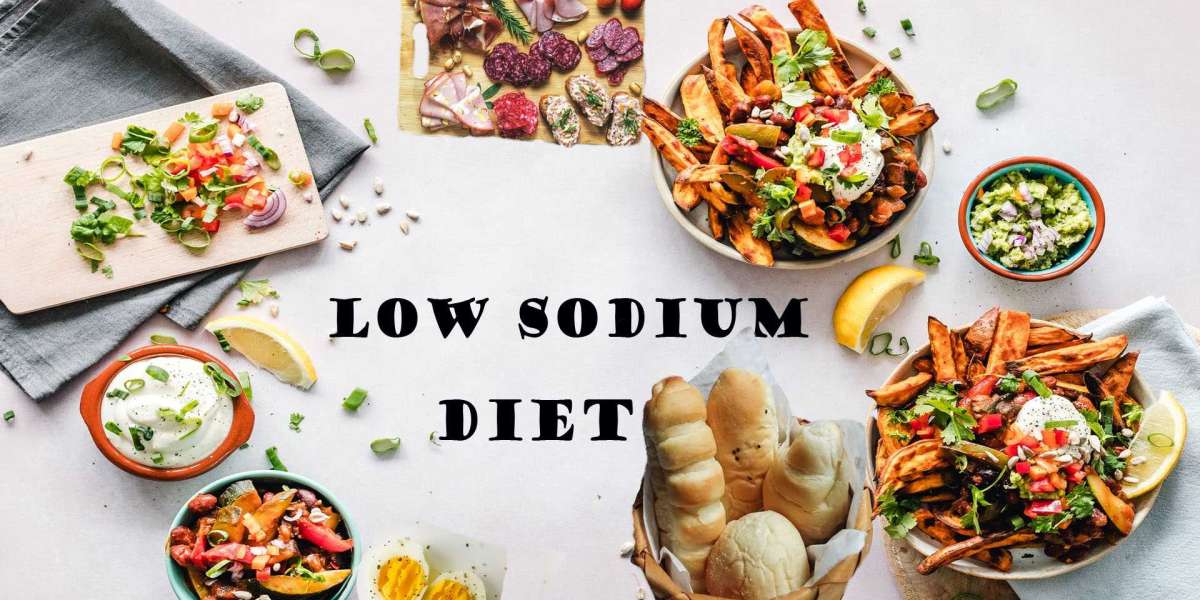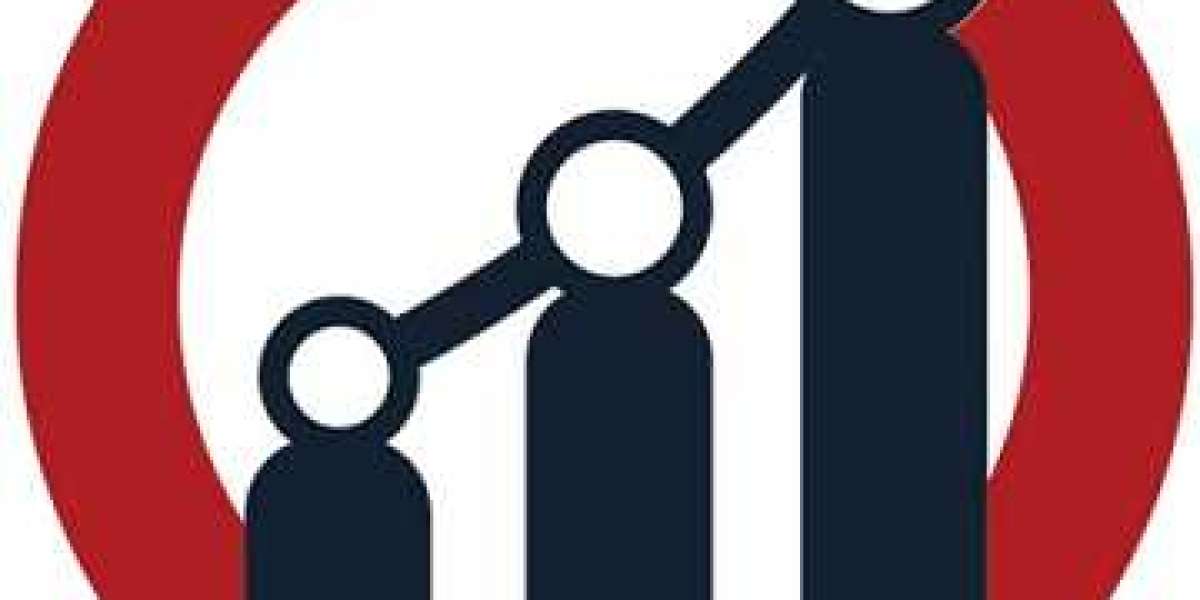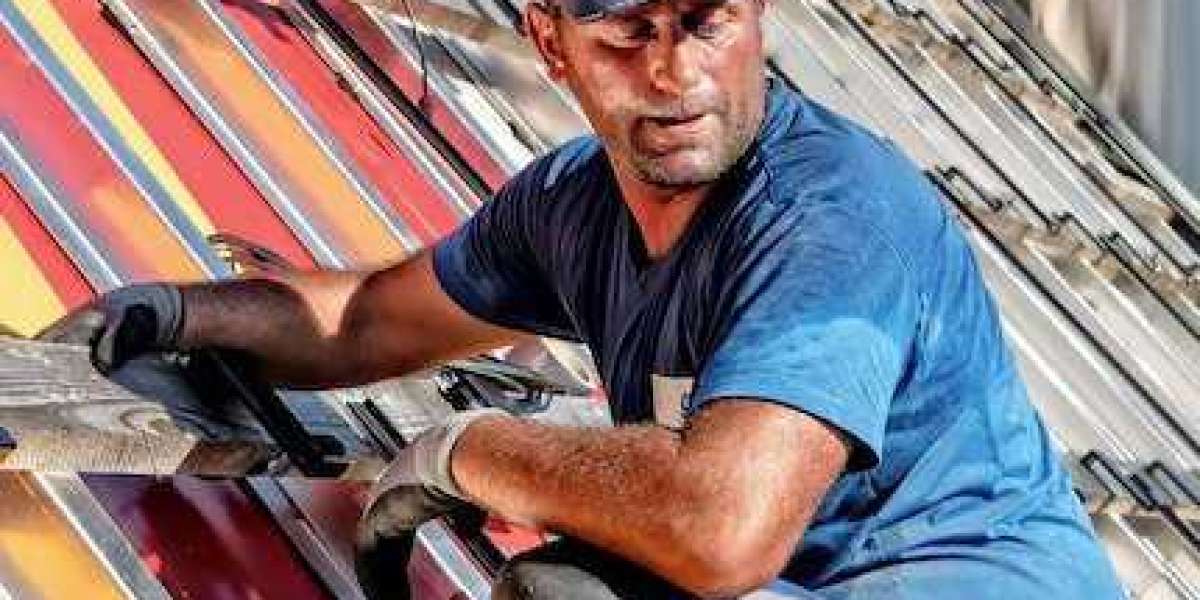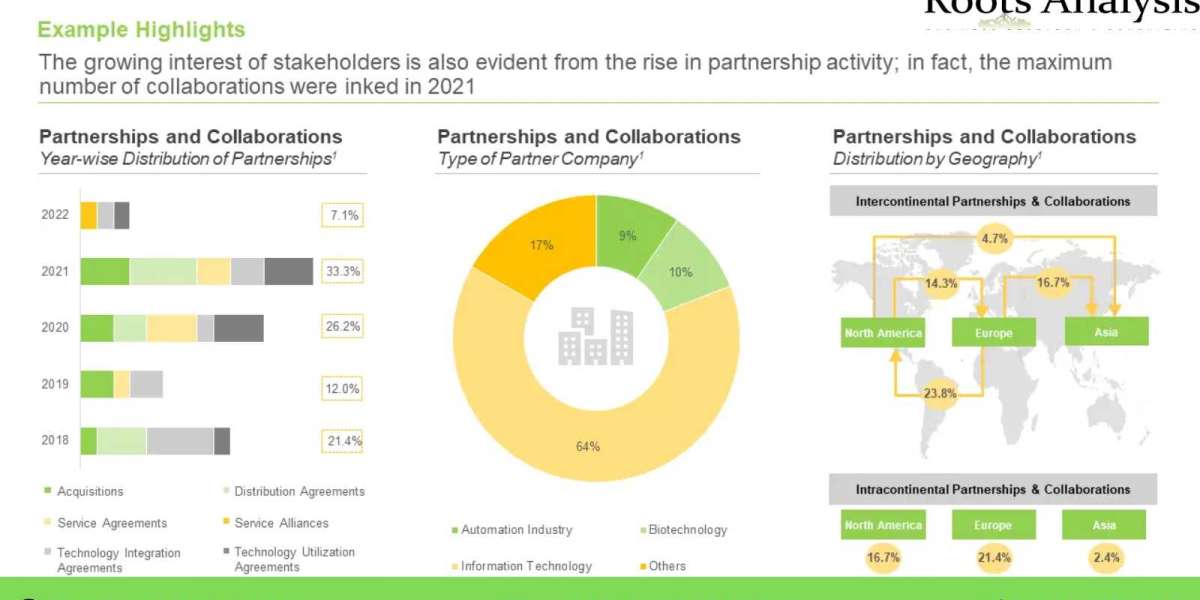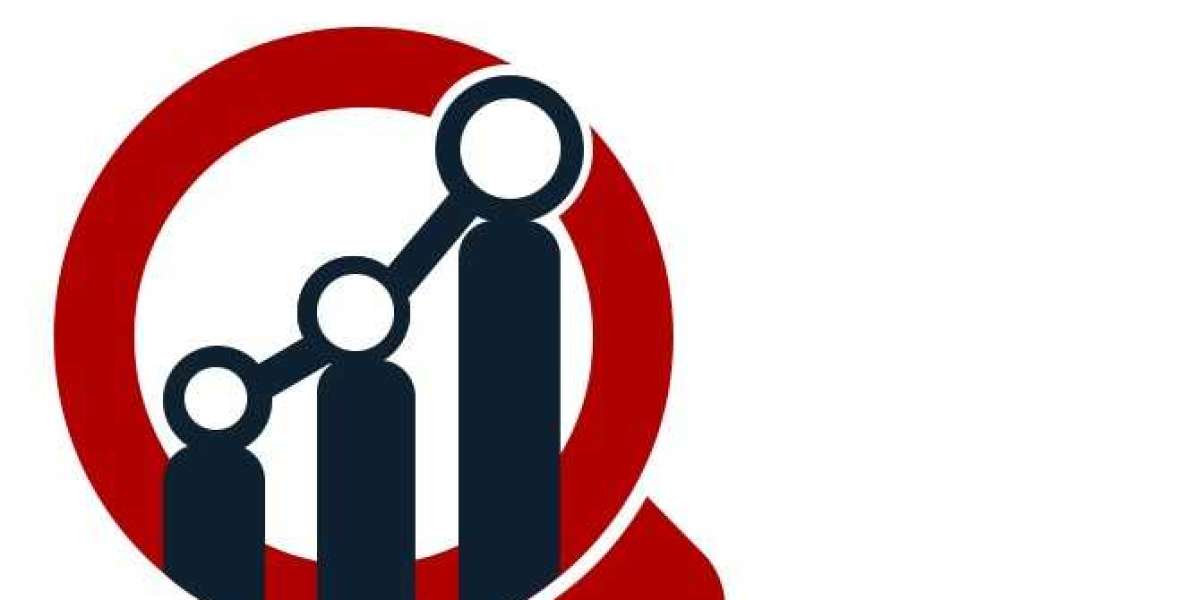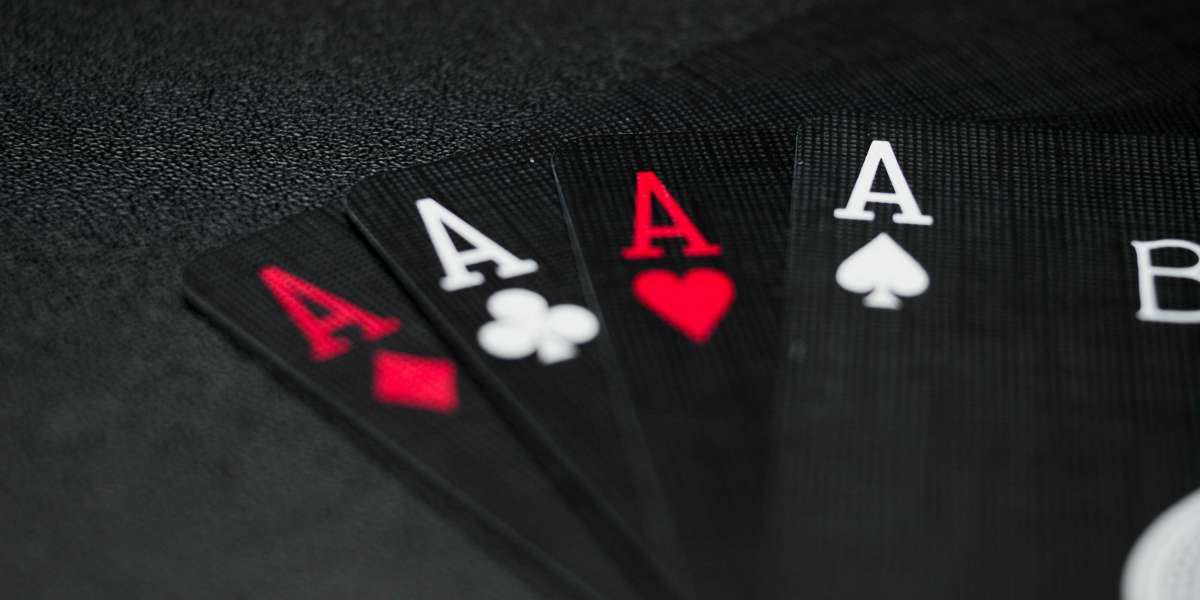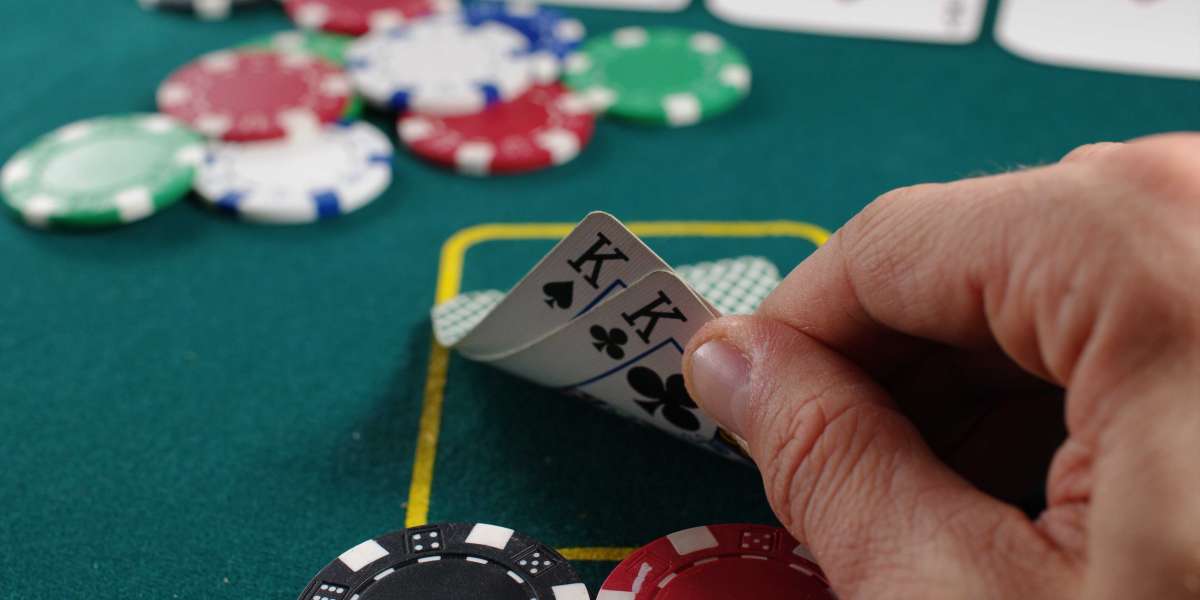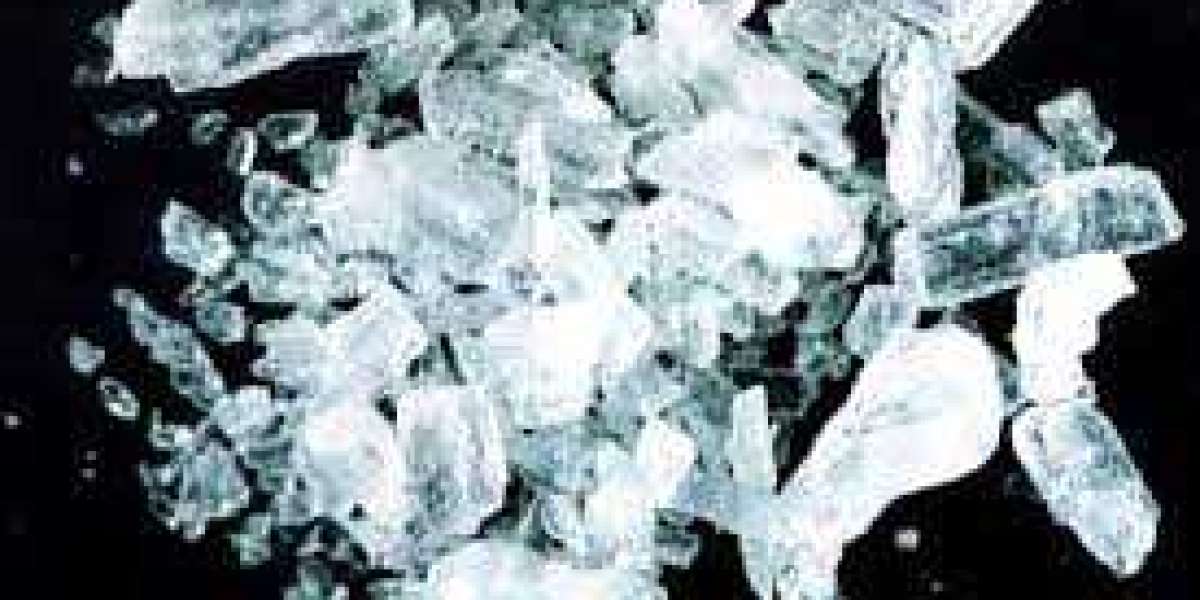If you're living with congestive heart failure, it's best if you limit the sodium in your diet to less than 1,500 milligrams a day. That's far less than the amount that most Americans eat -- 3,400 milligrams.
You may not realize it, but it’s likely that more than 70% of the sodium in your diet comes from packaged foods and meals cooked in restaurants. Buying fresh foods and cooking at home are some of the best ways to cut back. Here is link and you know more "what can you eat on a low sodium diet?"
Examples of food that should be avoided on a low-sodium diet include:
Fast food: Burgers, fries, chicken strips, pizza, etc.
Salty snacks: Salted pretzels, salted nuts, salted chips, etc.
Frozen meals: Frozen meat dishes, frozen pizza, etc.
Processed meat: Bacon, hotdog, lunch meats and franks.
Salted, canned items: Vegetables, pasta, meats, fish, etc.
Salted soups: Canned soups, etc.
Cheese and dairy: Cheese, cheddar spreads, curds, buttermilk, salted margarine, etc.
High-sodium baked goods: Salted rolls and bagels, bread garnishes, etc.
Baking blends: High-sodium waffle, pancake, or cake blends
Boxed dinners: Macaroni and cheese, pastas, rice dinners, etc.
High-sodium side dishes: Stuffing, boxed potatoes, rice pilaf, etc.
Sauces and toppings: Gravy, soy sauce, canned tomatoes, salsa, salad dressings, etc.
Salted vegetables: Pickles, olives, sauerkraut, etc.
Some beverages: Vegetable juice, juice mixes, strong cocktails, etc.
